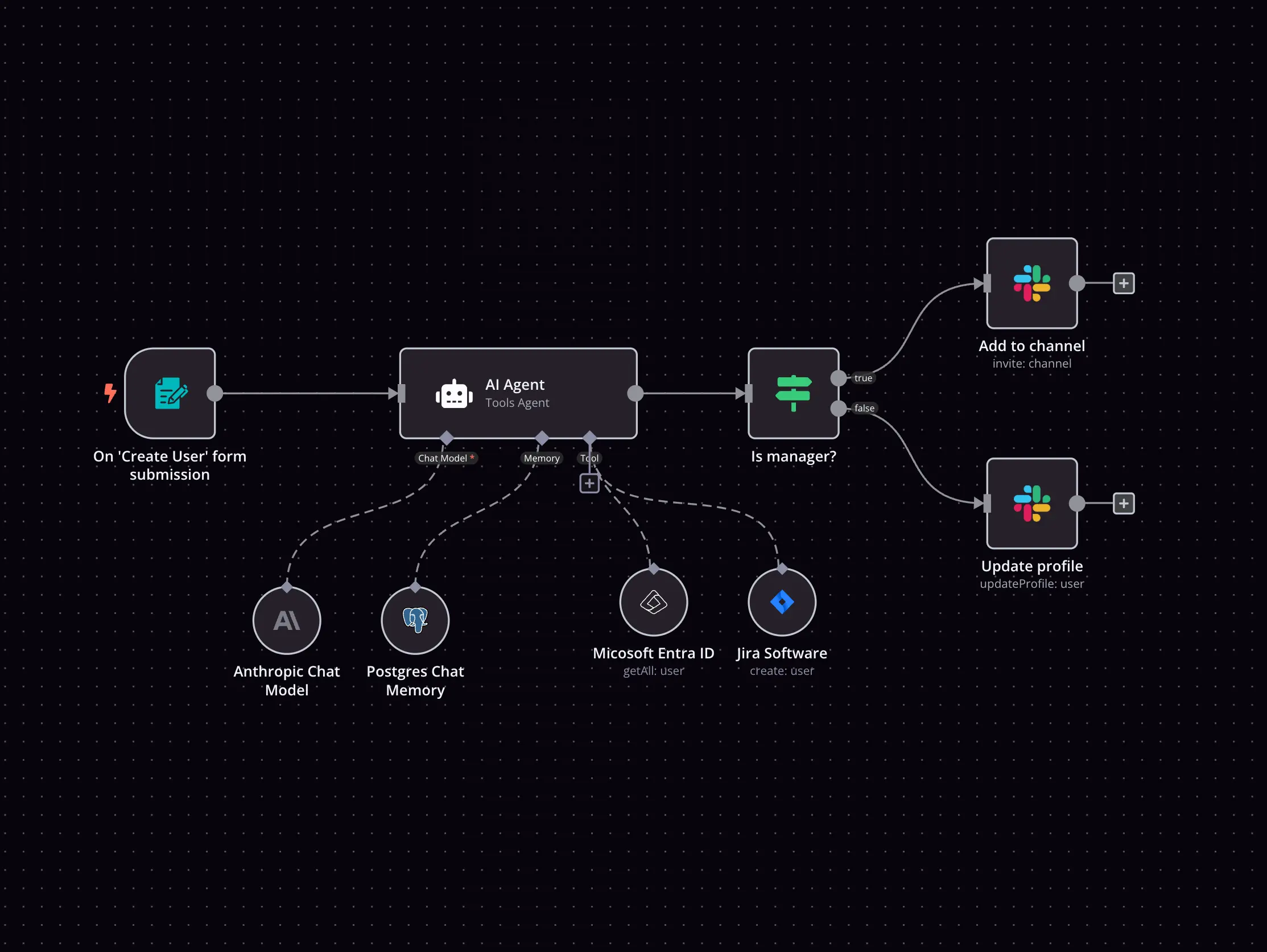Lighthouse and Pusher integration
Save yourself the work of writing custom integrations for Lighthouse and Pusher and use n8n instead. Build adaptable and scalable Development, workflows that work with your technology stack. All within a building experience you will love.


How to connect Lighthouse and Pusher
Create a new workflow and add the first step
In n8n, click the "Add workflow" button in the Workflows tab to create a new workflow. Add the starting point – a trigger on when your workflow should run: an app event, a schedule, a webhook call, another workflow, an AI chat, or a manual trigger. Sometimes, the HTTP Request node might already serve as your starting point.
Build your own Lighthouse and Pusher integration
Create custom Lighthouse and Pusher workflows by choosing triggers and actions. Nodes come with global operations and settings, as well as app-specific parameters that can be configured. You can also use the HTTP Request node to query data from any app or service with a REST API.
Supported methods for Lighthouse
Delete
Get
Head
Options
Patch
Post
Put
To set up Lighthouse integration, add the HTTP Request node to your workflow canvas and authenticate it using a generic authentication method. The HTTP Request node makes custom API calls to Lighthouse to query the data you need using the API endpoint URLs you provide.
See the example hereRequires additional credentials set up
Use n8n's HTTP Request node with a predefined or generic credential type to make custom API calls.
Supported API Endpoints for Pusher
Trigger event
Trigger an event on a specified channel.
List channels
Query for a list of channels within an application that have active subscriptions.
Get channel information
Retrieve the state of an individual channel by its name.
Get presence users
Retrieve a list of users present on a presence channel.
Fetch info for multiple channels
Allows fetching a hash of occupied channels optionally filtered by prefix.
Fetch info for one channel
Retrieves information about a specific channel.
Trigger event
Triggers an event on one or more channels.
Trigger event
Triggers an event on a specified channel.
Trigger multiple events
Triggers multiple events on specified channels.
Trigger multiple events
Triggers multiple events in a single call (up to 10 per call on the multi-tenant clusters).
Fetch info for one channel
Fetch one or some attributes for a given channel.
Terminate user connections
Terminates all connections established by the given user.
Fetch users
Fetch user IDs of users currently subscribed to a presence channel.
Terminate user connections
Terminates all connections of a specified user.
Fetch users
Retrieves a list of users connected to a channel.
To set up Pusher integration, add the HTTP Request node to your workflow canvas and authenticate it using a generic authentication method. The HTTP Request node makes custom API calls to Pusher to query the data you need using the API endpoint URLs you provide.
See the example hereThese API endpoints were generated using n8n
n8n AI workflow transforms web scraping into an intelligent, AI-powered knowledge extraction system that uses vector embeddings to semantically analyze, chunk, store, and retrieve the most relevant API documentation from web pages. Remember to check the Pusher official documentation to get a full list of all API endpoints and verify the scraped ones!
Lighthouse and Pusher integration details

Lighthouse
Lighthouse is an open-source tool by Google for web app improvement. Automates audits for performance, accessibility, best practices, and SEO. Integrated into Chrome, provides reports suggesting optimizations for speed, quality, and adherence to standards.
Related categories
FAQ
Can Lighthouse connect with Pusher?
Can I use Lighthouse’s API with n8n?
Can I use Pusher’s API with n8n?
Is n8n secure for integrating Lighthouse and Pusher?
How to get started with Lighthouse and Pusher integration in n8n.io?
Looking to integrate Lighthouse and Pusher in your company?
The world's most popular workflow automation platform for technical teams including
Why use n8n to integrate Lighthouse with Pusher
Build complex workflows, really fast


